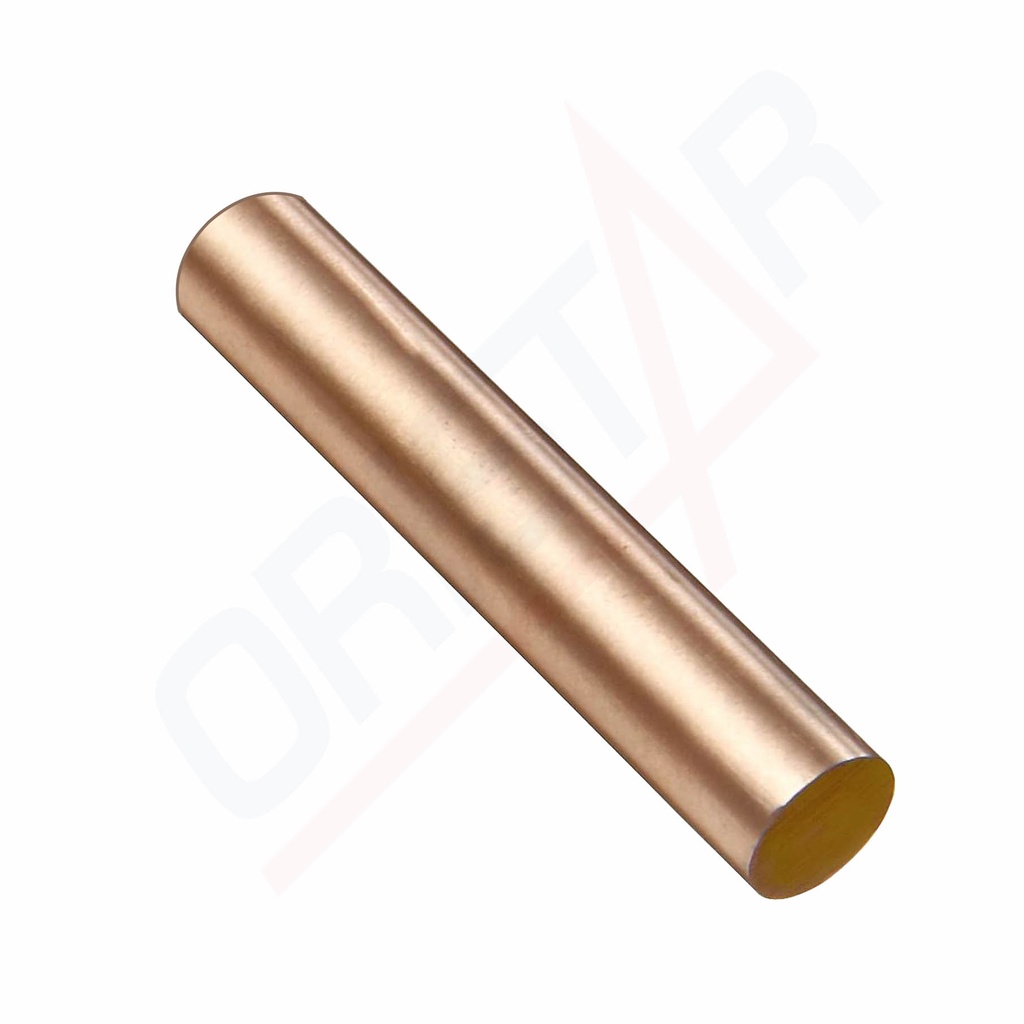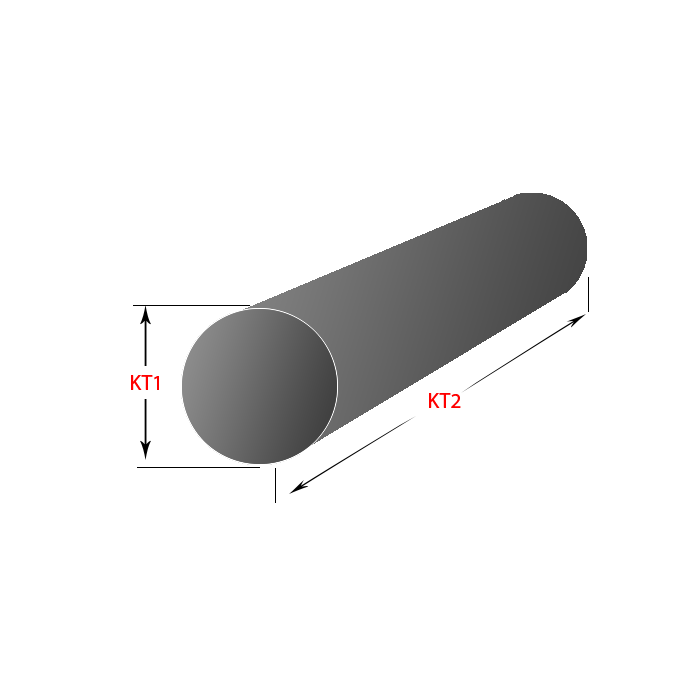THÔNG TIN CƠ BẢN
Tungsten Copper Alloy (W-Cu) is a special composite alloy combining copper (Cu) and tungsten (W), two metals with very different properties. Tungsten has a high melting point, high mechanical strength, and excellent wear resistance, while copper offers outstanding electrical and thermal conductivity. This combination results in a material with unique properties, suitable for applications requiring high heat resistance, thermal conductivity, and electrical conductivity.
Key characteristics of Tungsten Copper Alloy (W-Cu):
- Chemical composition:
- The alloy typically contains approximately 10-50% Tungsten (W), with the remainder being Copper (Cu).
- This ratio can vary depending on specific application requirements, with higher Tungsten content for applications demanding greater strength and heat resistance.
- Physical properties:
- High heat resistance: Due to the presence of Tungsten, this alloy can withstand very high temperatures, making it suitable for applications in extreme temperature environments.
- Strength and hardness: Tungsten enhances the hardness and strength of the alloy, while copper helps maintain ductility and ease of machining.
- Electrical and thermal conductivity: Although not as high as pure copper, W-Cu still offers significantly better electrical and thermal conductivity compared to alloys containing only Tungsten.
- Corrosion resistance: This alloy also has good corrosion resistance, particularly in harsh environments.
- Applications:
- Electronics and electrical industry: Used in electrical contacts, welding electrodes, and semiconductor components due to its high conductivity and heat resistance.
- Aerospace technology: Used in components exposed to high temperatures, such as jet engine parts and heat shields.
- Molding: Used in the production of molds for stamping and injection molding processes, thanks to its wear resistance and thermal conductivity.
- Defense industry: Used in military applications, including ammunition production and heat-resistant devices.
- Shape and size:
- Tungsten Copper Alloy is typically supplied in the form of sheets, bars, or customized shapes according to specific application requirements.
Manufacturing and processing:
- W-Cu alloy is usually produced through powder metallurgy due to the significant difference in melting points between the two metals. This process involves compressing Tungsten and copper powders and then sintering them to create the final product.
This alloy is particularly useful in applications requiring a material that can perform reliably under harsh conditions, combining hardness, heat resistance, and conductivity.
(Source: Internet)
Key characteristics of Tungsten Copper Alloy (W-Cu):
- Chemical composition:
- The alloy typically contains approximately 10-50% Tungsten (W), with the remainder being Copper (Cu).
- This ratio can vary depending on specific application requirements, with higher Tungsten content for applications demanding greater strength and heat resistance.
- Physical properties:
- High heat resistance: Due to the presence of Tungsten, this alloy can withstand very high temperatures, making it suitable for applications in extreme temperature environments.
- Strength and hardness: Tungsten enhances the hardness and strength of the alloy, while copper helps maintain ductility and ease of machining.
- Electrical and thermal conductivity: Although not as high as pure copper, W-Cu still offers significantly better electrical and thermal conductivity compared to alloys containing only Tungsten.
- Corrosion resistance: This alloy also has good corrosion resistance, particularly in harsh environments.
- Applications:
- Electronics and electrical industry: Used in electrical contacts, welding electrodes, and semiconductor components due to its high conductivity and heat resistance.
- Aerospace technology: Used in components exposed to high temperatures, such as jet engine parts and heat shields.
- Molding: Used in the production of molds for stamping and injection molding processes, thanks to its wear resistance and thermal conductivity.
- Defense industry: Used in military applications, including ammunition production and heat-resistant devices.
- Shape and size:
- Tungsten Copper Alloy is typically supplied in the form of sheets, bars, or customized shapes according to specific application requirements.
Manufacturing and processing:
- W-Cu alloy is usually produced through powder metallurgy due to the significant difference in melting points between the two metals. This process involves compressing Tungsten and copper powders and then sintering them to create the final product.
This alloy is particularly useful in applications requiring a material that can perform reliably under harsh conditions, combining hardness, heat resistance, and conductivity.
(Source: Internet)



